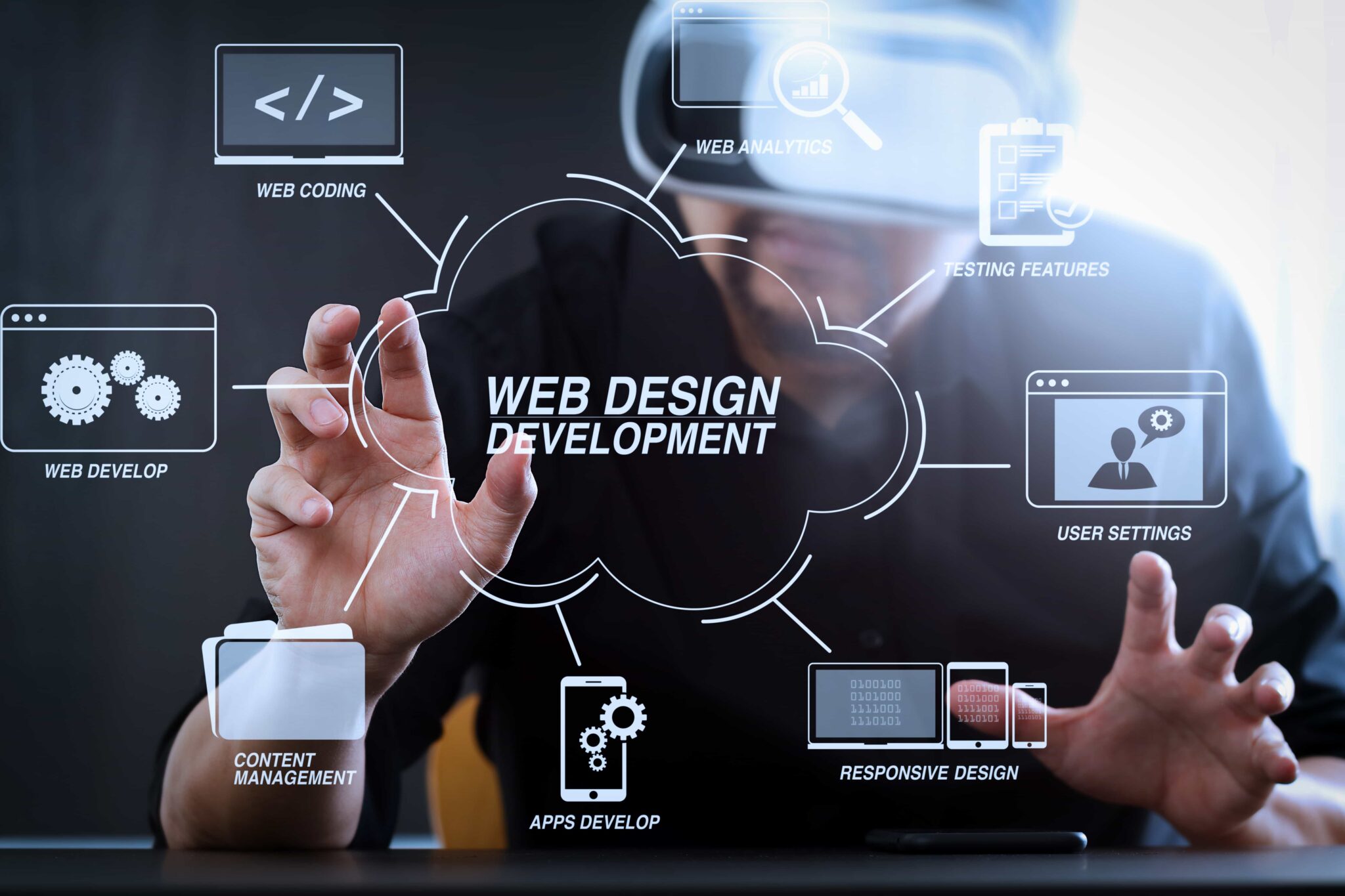Commencement of classes on June 10th, 2024.
ABOUT US
Founded in 2015
E-Learning Adventures is committed to transforming the traditional learning landscape. With a blend of engaging content, interactive exercises, and cutting-edge technology, we ensure every learner finds their path to success with efficient wat to extreme level.






High-demand courses
- UX/UI
- Web Development
- SEO
- Web Designing
- Mobile App Development
- CMS Development
User Experience (UX) and User Interface (UI) design are integral components of digital product development. UX design focuses on enhancing user satisfaction by improving the usability and accessibility of a product, ensuring that it meets the needs and expectations of users.
UI design, on the other hand, is concerned with the visual elements and interactive features of the product, including layout, typography, and color scheme. Together, UX and UI design aim to create intuitive and visually appealing digital experiences that effectively engage and delight users.
UX/UI design merges user experience (UX) and user interface (UI) principles to craft intuitive, visually appealing digital experiences that prioritize user needs and preferences.
Web development involves building and maintaining websites and web applications using languages like HTML, CSS, and JavaScript. Developers utilize frameworks like React, Angular, or Vue.js to create interactive user experiences.
The process includes frontend and backend development to ensure functionality and usability, aiming to deliver seamless online experiences for businesses and users alike.
Web development: creating websites and web applications using programming languages and frameworks to deliver functional and user-friendly experiences. Web developers use programming languages like HTML, CSS, JavaScript, and frameworks such as React, Angular, or Node.js to build interactive and responsive web experiences.
SEO, or Search Engine Optimization, is the practice of optimizing websites to improve their visibility and ranking on search engine results pages (SERPs). It encompasses strategies such as keyword research, content optimization, and link building to drive organic traffic and enhance online presence.
It includes techniques like keyword research, on-page optimization, content creation, link building, and technical optimization, aiming to drive organic traffic and enhance online presence. The goal is to drive organic traffic and enhance online presence.
The primary goal of SEO is to drive organic traffic to the website and enhance its online presence, ultimately leading to increased visibility, engagement, and conversions.
Web designing involves creating visually attractive and user-friendly websites through layout design, color schemes, typography, and UI elements. Designers use tools like Photoshop or Sketch to create mockups and translate them into code using HTML, CSS, and JavaScript for front-end development, aiming to enhance usability and convey brand messages effectively.
The goal of web designing is to effectively communicate the brand message, enhance usability, and provide an aesthetically pleasing experience for visitors.t may also include aspects like user experience (UX) design, which focuses on understanding user behaviors and needs to improve the overall usability of the website.
Additionally, web designers often collaborate with developers and content creators to ensure a seamless and engaging online experience for visitors.
Mobile app development is the process of creating software applications specifically designed to run on mobile devices such as smartphones and tablets. It involves various stages including conceptualization, design, development, testing, and deployment. Mobile app developers typically use programming languages such as Java, Kotlin (for Android), Swift, or Objective-C (for iOS), along with frameworks and tools to create native, hybrid, or web-based apps tailored to the unique requirements of mobile platforms.
The ultimate goal of mobile app development is to provide users with functional, engaging, and user-friendly experiences on their mobile devices.
Mobile app development: creating user-friendly software for smartphones, involving design, coding, testing, and deployment.
CMS development involves creating and customizing software systems like WordPress, Joomla, or Drupal to manage digital content efficiently. This process includes understanding client needs, choosing a suitable platform, designing and developing the system, testing, deployment, training, and ongoing support to ensure smooth operation and adaptation to evolving requirements.
Customization, optimization, and enhancement of the CMS are also crucial aspects, tailored to evolving requirements and technological advancements. Ultimately, CMS development aims to empower users with intuitive tools for content creation, organization, and publishing.
It includes understanding client needs, choosing a suitable platform, designing and developing the system, testing, deployment, training, and ongoing support.
course categories
Discover the course that could transform your life! Whether it’s unlocking new skills, igniting passions, or advancing your career, our courses are designed to empower you with knowledge and opportunities for personal and professional growth. With expert instruction and engaging content, embark on a journey that could redefine your future.
Course that change your life!
Tech and Web
Development
Offer a gateway to mastering the latest technologies and methodologies
Popular Courses

Web Designing
Web designing involves creating visually attractive and user-friendly websites through layout design, color schemes.
Price
RS:25,000

Mobile App Development
Web development involves building and maintaining websites and web applications using languages like HTML, CSS.
Price
RS:25,000

UX/UI
User Experience (UX) design is the process of enhancing user satisfaction by improving the usability, accessibility, and efficiency of a product.
Price
RS:25,000

SEO
SEO, or Search Engine Optimization, is the practice of optimizing websites to improve their visibility and ranking.
Price
RS: 25,000

CMS Development
CMS development involves creating and customizing software systems like WordPress, Joomla, or Drupal to manage digital content efficiently
Price
RS:25,000

Web Development
Web development involves building and maintaining websites and web applications using languages like HTML, CSS.
Price
RS:25,000
why choose us
Interactive, Engaging, Immersive Courses
Engaged learning experience
Interactive learning engages learners through active participation and interaction, fostering collaboration and critical thinking.
Professional Expert & Team
Expert instructors, with their profound knowledge and experience, effectively convey complex concepts, inspiring learners to excel in a supportive environment.
Adaptable Timetables
Flexible schedules allow learners to adapt their educational pursuits to fit their individual time constraints and preferences, promoting convenience and accessibility.
Accessible Costs
Affordable pricing makes education accessible to all, regardless of financial constraints, fostering inclusivity and equal opportunity.


Join Our Online Orientation!
 Date: Saturday, 1st June 2024
Date: Saturday, 1st June 2024
 Time: 11 AM
Time: 11 AM
 Venue: Zoom Meeting
Venue: Zoom Meeting
 Join our WhatsApp Community for Zoom details.Don’t miss out!
Join our WhatsApp Community for Zoom details.Don’t miss out!
Crexed Team


